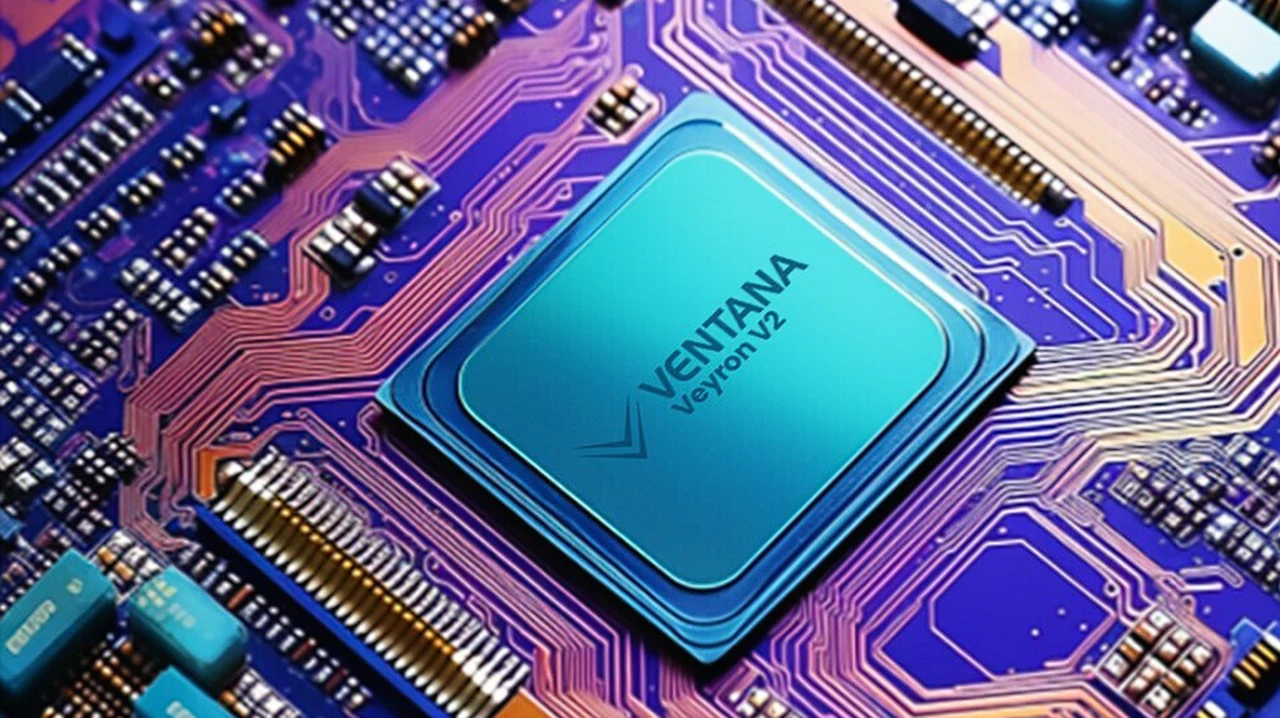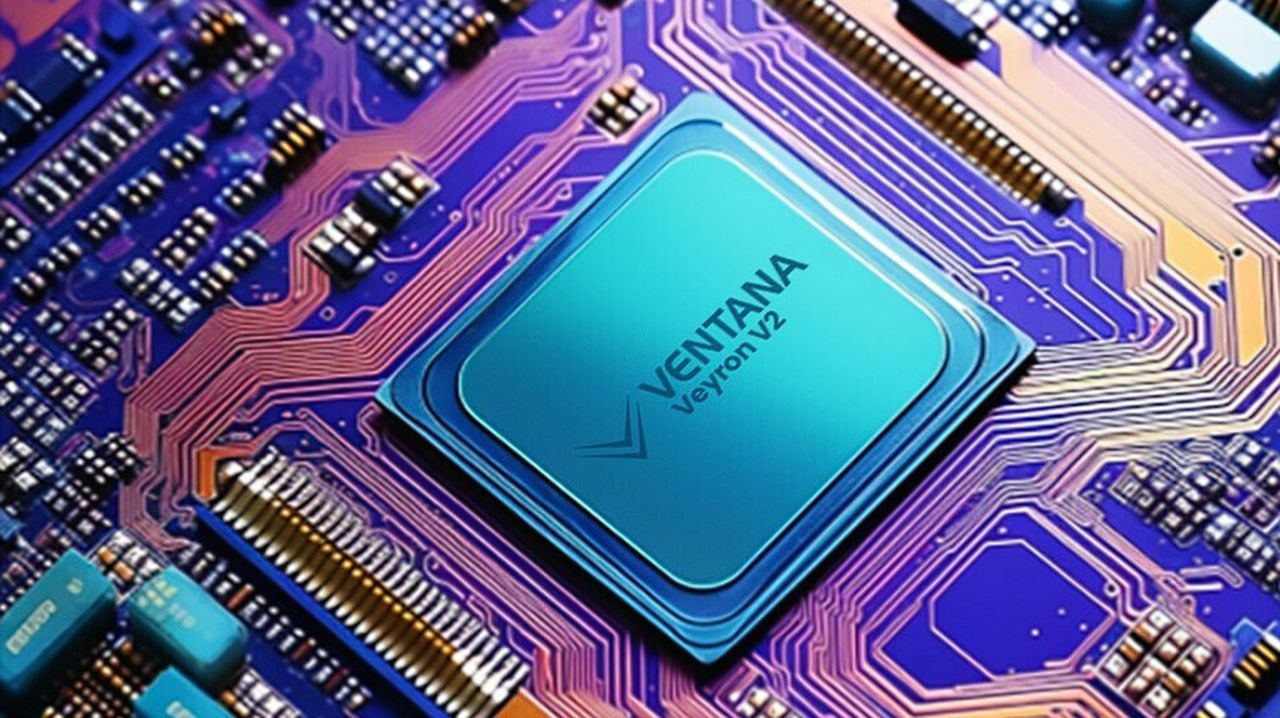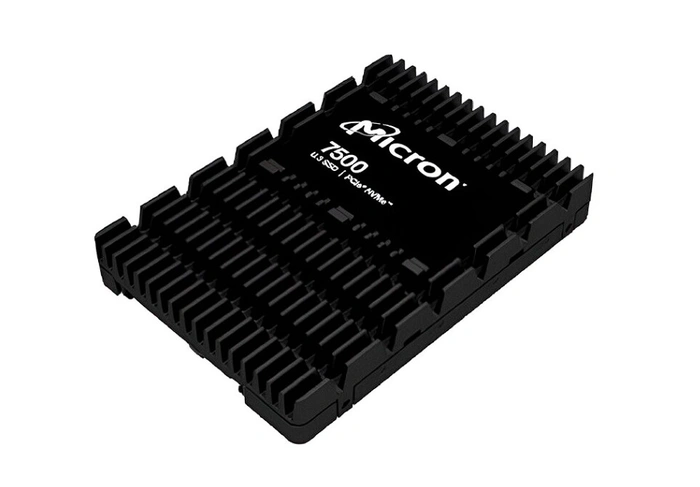
Ventana Micro Systems as announced the introduction of its latest marvel in the Veyron lineup—the Veyron V2. Marketed as the highest performance RISC-V processor to date, it’s clear that Ventana has not only listened to its customer base but has also pushed the envelope in performance and efficiency. The Veyron V2, available as both chiplets and IP, is a testament to Ventana’s dedication to fostering rapid customer adoption through technological innovation.
40% Performance Gain
If you are wondering how Ventana has achieved this milestone, you will be pleased to know that a significant boost in the processor’s capabilities has been realized. With an impressive 40% surge in performance, the Veyron V2 is not just about speed; it’s about smarter, more efficient processing. This leap is attributed to a slew of microarchitecture enhancements, a state-of-the-art processor fabric architecture, and an expanded cache hierarchy, complete with a high-performance vector processor to top it off.
One can’t help but appreciate the strategic initiative known as RISE, which stands for RISC-V International Software Ecosystem. This program is instrumental in bolstering the support ecosystem, ensuring that Veyron V2 can swiftly roll out solutions that are open, scalable, and versatile.
From a business standpoint, the economic and temporal advantages are hard to ignore. Thanks to the industry-leading UCIe chiplet interconnect, Veyron V2 is not just a powerhouse but also a savvy economic choice. It offers a reduction in development costs by a staggering 75% and accelerates time to market by up to two years. It’s remarkable how chiplet-based solutions can provide such elasticity in computing, input/output, and memory configurations, allowing businesses to focus on their unique innovations and specialized workload optimizations.
In the realm of data centers, Ventana’s Domain Specific Accelerator technology works in concert with the Veyron V2 processor pipeline, enhancing efficiency across the board and fostering an environment ripe for customer-specific innovation. Industry experts, like Patrick Moorhead of Moor Insights & Strategy, believe that the cost-effective performance equation Ventana has achieved with the V2 chip may very well redefine benchmarks in high-performance computing.
Ventana Veyron V2
Let’s delve into the specs that make the Veyron V2 stand out. With a 3.6 GHz fifteen wide, aggressive out-of-order pipeline, and 32 cores per cluster, scalability is a breeze—up to 192 cores, to be exact. Add to that a generous 128 MB of shared L3 cache per cluster and a 512b vector unit, and you’ve got yourself a processor that doesn’t just perform, it excels.
For those interested in AI, the Veyron V2 comes equipped with Ventana AI matrix extensions, server-class IOMMU, and Advanced Interrupt Architecture (AIA) system IP. Additionally, advanced mitigations for side channel attacks and comprehensive RAS features ensure that performance is not only top-tier but also secure.
Features of the Veyron V2
- Fifteen wide, aggressive out-of-order pipeline
- 3.6 GHz
- 4 nm process technology
- 32 cores per cluster
- High core count multi-cluster scalability up to 192 cores
- 128 MB of shared L3 cache per cluster
- 512b vector unit
- Ventana AI matrix extensions
- Provided with server-class IOMMU and Advanced Interrupt Architecture (AIA) system IP
- Advanced side channel attack mitigations
- Comprehensive RAS features
- Top-down performance tuning methodology
- SDK released with necessary software already ported to Veyron
- Veyron V2 Development Platform available
Software developers will find the provided SDK—a comprehensive set of software tools already proven on Ventana’s RISC-V platform—exceptionally useful. It simplifies the transition to Veyron, ensuring that software is already ported and ready to harness the full potential of the processor.
Ventana’s Veyron V2 is setting a new standard for RISC-V processors, and those interested should not miss the detailed technical presentation by Greg Favor, CTO of Ventana, at the RISC-V Summit North America 2023. It’s evident that this processor is poised to make a significant impact in the tech industry, offering unparalleled performance and efficiency that aligns with the needs of modern data centers, automotive, 5G, AI, and client applications.
Source : Ventana
Filed Under: Technology News, Top News
Latest timeswonderful Deals
Disclosure: Some of our articles include affiliate links. If you buy something through one of these links, timeswonderful may earn an affiliate commission. Learn about our Disclosure Policy.




